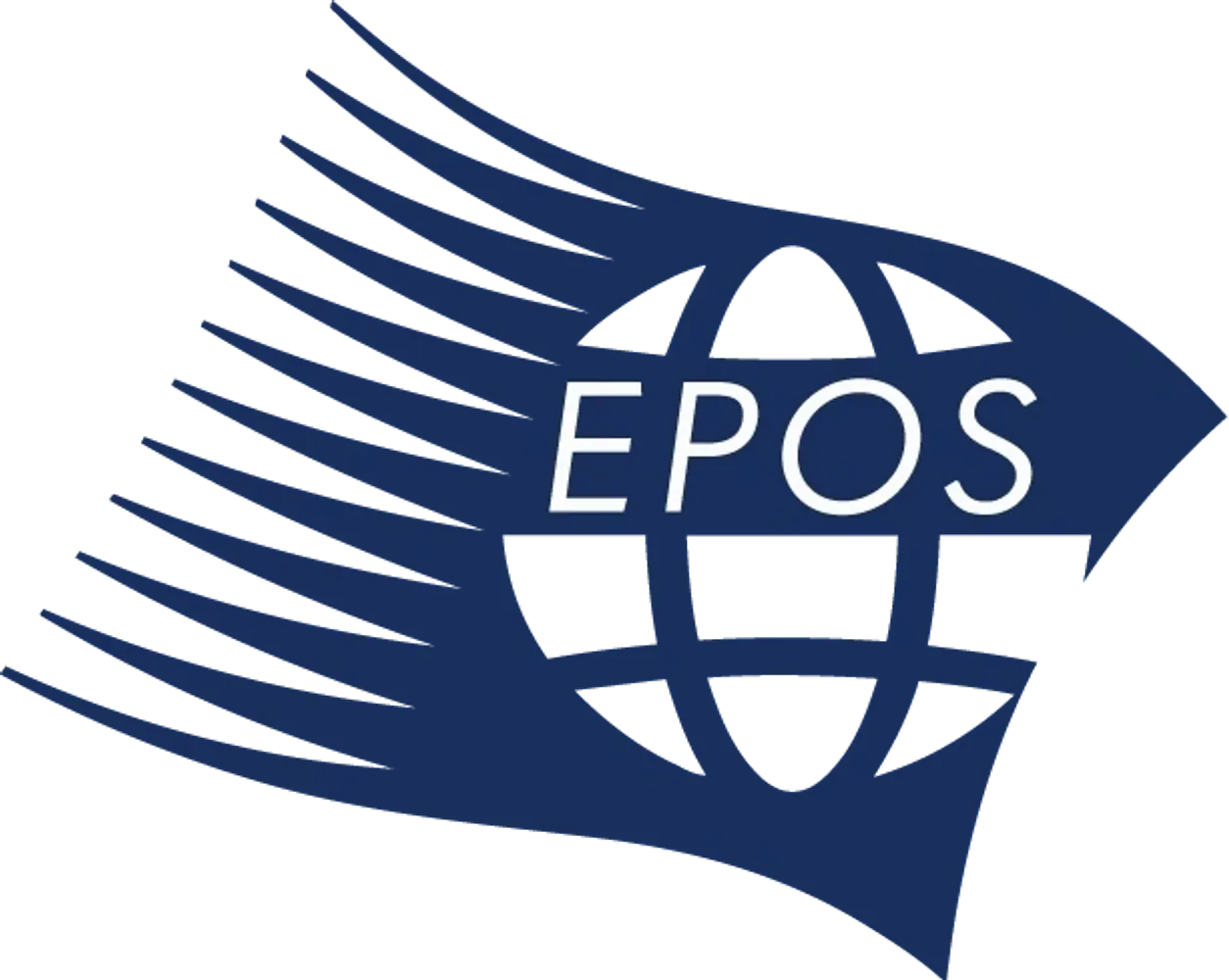Power and Strategies in the External Stakeholder Management of Megaprojects: A Circuitry Framework
DOI:
https://doi.org/10.25219/epoj.2020.00104Keywords:
Infrastructure Megaprojects, External Stakeholders, Strategies, Organizational PowerAbstract
Infrastructure megaprojects can cause considerable inconvenience to external stakeholders such as project communities, stakeholders in lands and stakeholders in existing services. Managing these external stakeholders is difficult as they interact with the project across permeable boundaries, are unaccountable to the requirements of the project and cannot be governed with contractual instruments or conformance to standards, as is the case with internal stakeholders. Hence the project team must resort to other strategies to manage these stakeholders. There is at present little other than scattered accounts of the use of these strategies in the literature. What is missing is a framework to explain how such strategies work to manage external stakeholders. We use organizational power theories drawn from frameworks stressing both the dimensions and the circuits of power to understand how strategy and power interact in the process of managing external stakeholders. This research uses the case study of a metro rail project in India compiled from 30 semi- structured interviews, 168 news media articles along with their 446 user comments, and 640 social media tweets along with 435 community comments. Using a qualitative research methodology, we highlight relations of persuading, framing and hegemonizing strategies employed for managing the external stakeholders in the project. Covert power- based framing and hegemonizing strategies shape the visible overt power- based persuading strategies employed to manage external stakeholders.
